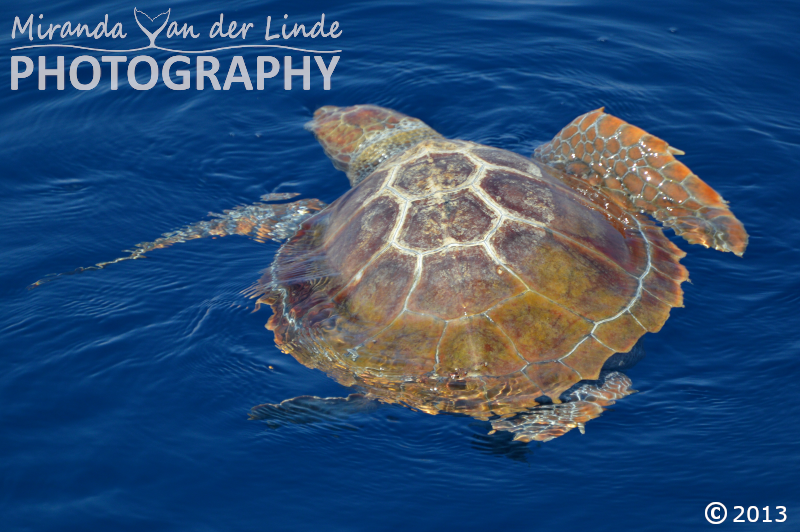Long summer days out on the water are the best. Especially when the ocean is flat and clear, so that you can see the animals right through the water - as if they are floating in the sky. I love these endless summer days.
Wednesday, 16 December 2020
Baby dolphins
One of the best dolphin encounters is when baby dolphins (or calves) are included in the pod. Over the years I've been lucky to encounter many baby dolphins, including the tiniest ones that were still wrinkled and had their dorsal fin folded over from being in the womb. They are absolutely adorable, and a delight to watch clumsily leaping alongside their mother.
Saturday, 12 December 2020
Azores summer sea sightings
The summer time in the Azores is best spent out on the water. Escaping the heat by catching a cool ocean breeze, and in the company of an array of marine wildlife. At this time of the year the dolphins are the most abundant, as extra species visit and calves are born. It's also the best time of the year to encounter sperm whales and other other ocean voyageurs like sea turtles.
Wednesday, 9 December 2020
Not so common dolphins
I always thought the name "common dolphin" doesn't do the species any justice. Their unique and beautiful physical appearance is far from ordinary or common. They are one of just a handful of dolphin species in the world that have a yellow colour on their sides. To make them even more unique, the markings on each individual is quite different, and every now and then you will even come across a rare "dark edition".
Saturday, 5 December 2020
Baleen whales surfacing
During the spring months there is a peak in baleen whale sightings in the Azores. Their presence at the surface is given away by their blow as they exhale great volumes of air. The three largest species; blue whale, fin whale and sei whale aren't known for putting on great acrobatic displays, but it is very exhilarating in that first moment that you see these great whales coming up to the surface.
Thursday, 3 December 2020
Cory's shearwaters in the Azores
The Azores doesn't host a great variety of seabirds, but it does have one special species that arrives every year in the tens of thousands to nest on the islands and feed in the surrounding waters. It's the Cory's shearwater, a member of the tube-nosed oceanic birds, and a beauty to see gliding the wind currents over the water's surface
Tuesday, 1 December 2020
The unique beauty of the Azores
The Azores is a truly unique and diverse place to live. Every day I lived there was very different, as the clouds moved quickly and the light changed. The more you explore the islands the more surprises there are, almost everywhere you took the time to look.









































